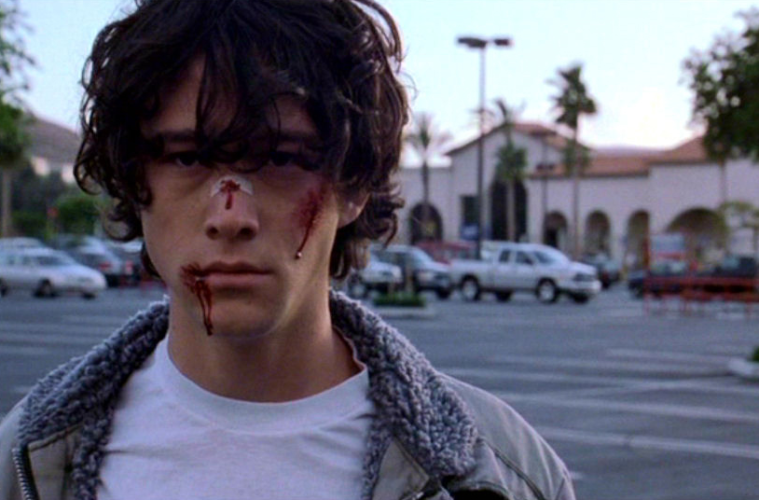
Before he traveled to intergalactic realms (or, more accurately, Ireland) for the next Star Wars installment, director Rian Johnson had modest beginnings, piecing together his quick-talking, incredibly slick directorial debut in Brick, which he shot in 2003 and which wasn’t released for three years. Cobbled together for a relatively small sum, all of which was contributed by friends and family after studios balked at the idea of a first-time director making something like this, Johnson’s first feature took the noir canvas — the coded language, the punished hero, the inter-connected network of characters — and cleverly fit it around a high school setting, or, as Johnson sates, “a weird teenage world, so that people don’t know what they’re watching” when combined with the noir styling. Starring the then-relatively-new Joseph Gordon-Levitt as Brendan, a loner with a wrought-iron will to uncover the truth, it weaves a devilishly deceptive and intriguing yarn of hard-boiled underground storytelling that was as good at toying with and undercutting genre conventions as it was paying stylish tribute to them.
Directed and edited by then-senior in high school L. Jean Schwartz, we now have a 45-minute documentary that shows camcorder footage of cast and crew (yet with impressively crisp sound quality) as they crafted what is now considered by many an overlooked gem. “[Brick] is nothing like what it was like when I went to high school at San Clemente,” Johnson states of the location where Brick was shot. His inspiration instead was hard-boiled novelist Dashiell Hammett, who created the infamous Sam Spade of The Maltese Falcon fame, and who Johnson claims “started the hard-boiled genre.” However, Johnson ruminates on the fact that while it may not be anything like the high school experience of today, it just may feel like the high school experience many have. He goes on to talk about the rather adult perspective that invades many “high school films” of the modern era: “Everything seems kinda silly, or aware that they’re kids, or they’re very aware that this is a temporary world where the stakes are very low. But when you’re actually a teenager, when you’re actually in high school, that’s not the way anything feels; everything feels very dire and serious.”
What stands out about the documentary itself — apart from its wealth of information — is its seeming proximity to the project, not just in the literal sense of closeness, but with the heart and sincerity with which the film is displayed. The excitement of a high school senior allowed to film the production of a feature set in their own high school is infectious, making each frame feel like a gem — for her and for us.
See the full documentary below (via Mentorless):

